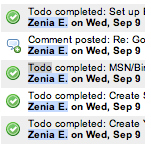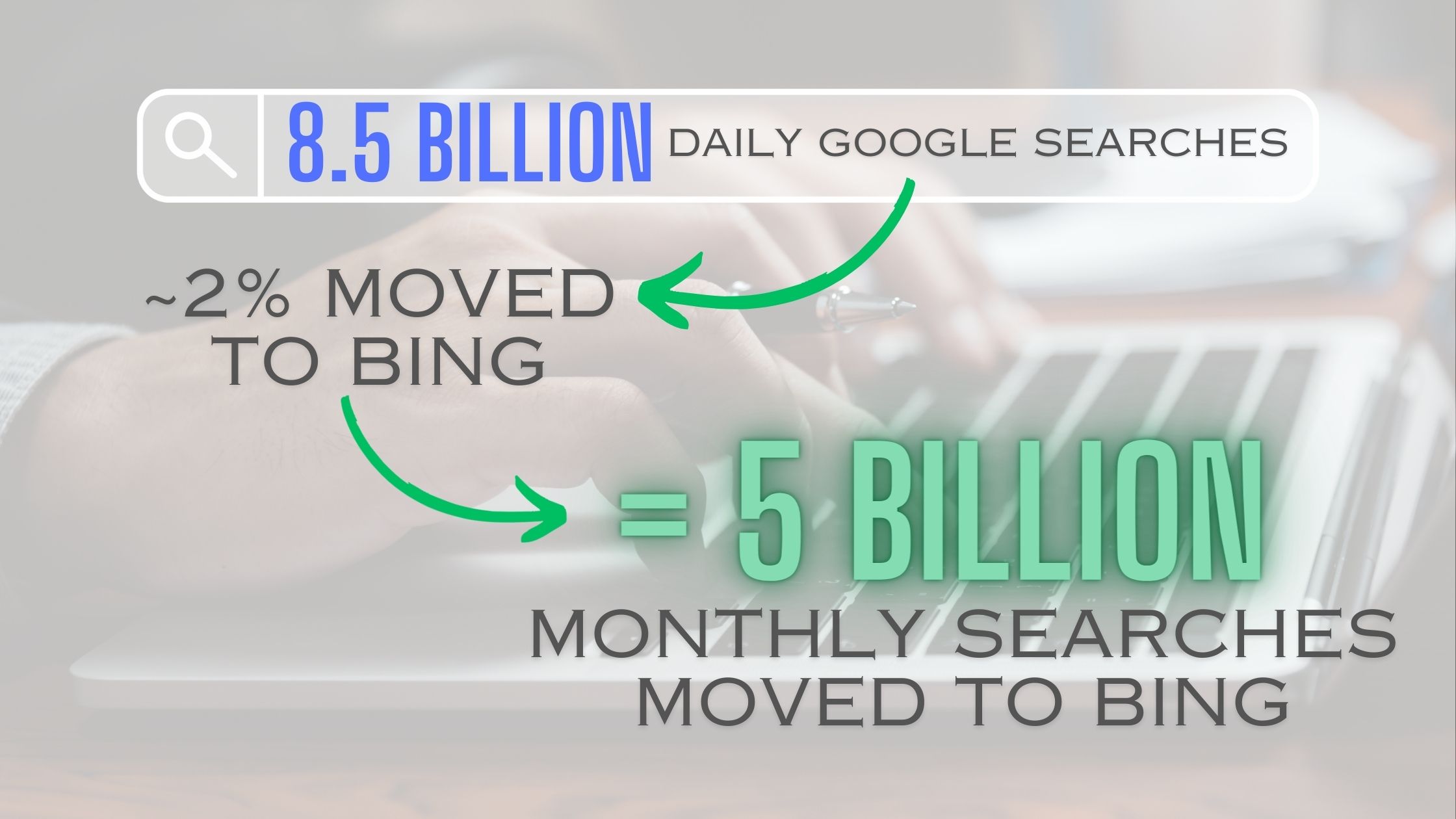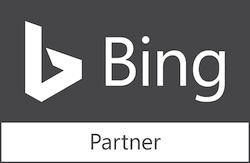At periscopeUP, we love search engine optimization checklists, which help us make sure all our work is done properly. We try to keep our checklists short and sweet. This checklist is for our writers, who revise the on-page copy after we’ve identified the target keyword(s) for the page. (We have a different checklist to write pages optimized for people, but that’s the stuff of another post).
Unlike Stoney deGeyter’s optimization checklist, this optimization checklist is used only for the content re-writing process, not for the entire SEO process, and it does not include technical tasks such as robot.txt files, W3C verification, etc.
Feel free to use or adapt for your own uses.
periscopeUP Writer’s On Page Optimization Checklist
- Title
- URL
- Keyword Tag
- Description Tag
- H1
- H2
- H3
- H4
- First paragraph
- B and Strong
- Img alt tags
- inbound links
- outbound links
Briefly, we’ll explain how we use these items on this page you’re reading now. Take a look at the source of this page to see how we’ve done it.
For the sake of this simple illustration, the keyword phrase we’re targeting for this page is “On Page Optimization Checklist”
Title
- Be sure the title of the page includes the phrase, or at least all the words in the phrase.
- Simply using only the keyword phrase as the title may get you a penalty for keyword stuffing if you do it across your entire site.
Here’s this page’s title tag:
<title>On Page Optimization Checklist</title>
URL
- Be sure the URL includes your target phrase.:
The URL for this page is good to go: https://www.periscopeup.com/on-page-optimization-checklist/
Keyword Tag
While the keyword tag isn’t as important as it was in 1995, we use it to keep track of what we optimized each page for. We include one to 5 terms per page. Avoid stuffing all your keywords into this tag. Use unique keyword tags on each page.
This page has a simple keyword tag is:
<meta name=”keywords” content=”On Page Optimization Checklist” />
Description Tag
Be sure the keyword phrase (or if possible, phrases) appear in the description. Remember the description tag sometimes appears in search results under the title tag, so use this tag to entice users to click on your search results.
Here’s this page’s description tag:
<meta name=”description” content=”An effective and useful On Page Optimization Checklist we use when optimizing web pages for SEO.” />
H1, H2, H3, and H4 Tags
Be sure your H1 tag is the first header tag on the page and that it includes your search term. Use the term(s) in other headers as well.
Here’s the h1 tag for this page:
<h1>On Page Optimization Checklist</h1>
Here’s an H2:
<h2>periscopeUP Writer’s On Page Optimization Checklist</h2>
First paragraph
Your first paragraph should inlcude your primary target search phrase. Preferably the phrase is used as first word of the first sentence, or at least use it in the first 100 words.
Our first paragraph has a portion of the target search phrase:
<p>At periscopeUP, we love search engine <strong>optimization checklists</strong>…
B and Strong Tags
There’s some debate in the SEO community regarding which tag to use for emphasis: the < b > or the < strong > tag. We use both! Make sure your target search phrase is bolded at least once on the page, preferably twice.
Note our first paragraph (code above) and our bolding the keyword phrase “On Page Optimization Checklist” above.
Img alt tags
Make sure all images use the alt tag, preferably (if it makes sense) include the search phrases in your image alt tags. Here’s an example:

Here’s what the image alt tag looks like for the image above:
<img title=”OnPageOptimizationChecklist” src=”https://www.periscopeup.com/wp-content/uploads/2021/01/OnPageOptimizationChecklist.gif” alt=”On Page Optimization Checklist Image” width=”151″ height=”148″ />
Anchor Links
Make sure anchor links are optimized so the link text displays the search term. For example: view the bolding of our “On Page Optimization Checklist” above.
Outbound Links
Outbound links should be natural sounding while including the search phrase as the link text. Refer to our link to an optimization checklist in the second paragraph of this post. The URL looks like this:
<a href=”http://www.searchengineguide.com/stoney-degeyter/the-best-damn-o.php” target=”_blank”>optimization checklist</a>
Inbound links
Now, the off page optimization can begin. How to optimize inbound links from other websites, will have to wait for another post.
Please comment below and let us know what you think of our checklist, and feel free to use it if you want.







